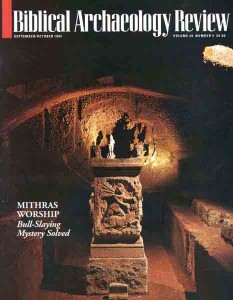Women’s Work, the First 20,000 Years: Women, Cloth, and Society in Early Times
Elizabeth Wayland Barber (New York: W. W. Norton, 1994), 334 pp., $23.00.
For over 20,000 years, until the Industrial Revolution, the fiber arts were a major economic force that belonged primarily to women. But until recently not much has been known about the earliest textiles and the lives of the people who spun and wove them. Cloth is so perishable that little of it has survived antiquity to be discovered by archaeologists. But thanks to the latest high-tech innovations—for example, radiocarbon dating, infrared photography for seeing through unremoveable dirt and thin-layer chromatography for analyzing dyes—the scraps that do remain can be newly interpreted. Archaeologist and textile historian E. W. Barber draws on these high-tech studies and on ancient texts, myths and linguistics to reconstruct an important missing chapter in the cultural and economic history of women. Barber traces spun fiber to the Paleolithic era, about 20,000 B.C., when women in southeastern Europe made string skirts. Much later, in Mesopotamia, about 2000 B.C., independent businesswomen wove textiles at home for sale abroad. Barber has also gathered evidence from Egypt to Scandinavia and from Greece to Sumatra. The book includes 79 illustrations—photos, drawings and maps; one photo shows the oldest preserved body garment, a finely pleated linen shirt from an Egyptian tomb dating to 3000 B.C.
First Civilizations: Cultural Atlas for Young People
Already a library member? Log in here.
Institution user? Log in with your IP address.

